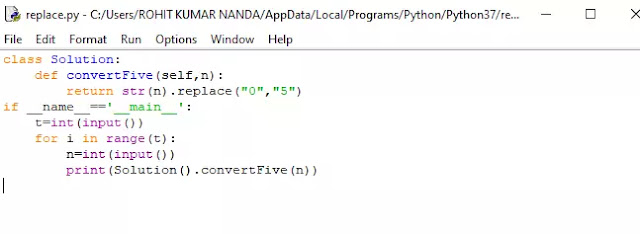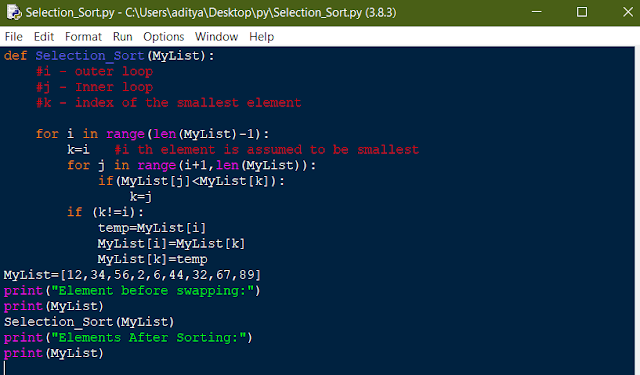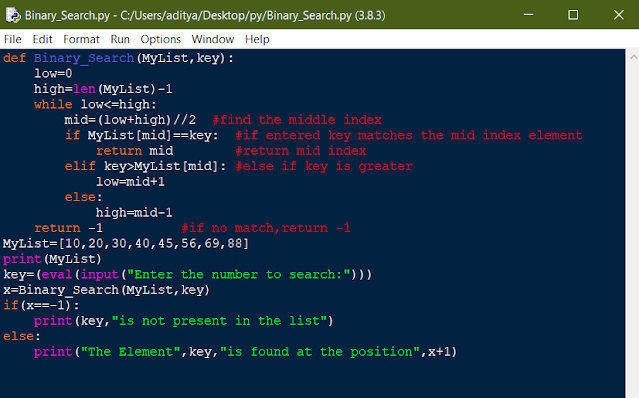Replace all 0's with 5

Given a number N. The task is to complete the function convertFive() which replace all zeros in the number with 5 and returns the number. Input: The first line of input contains an integer T, denoting the number of testcases. Then T testcases follow. Each testcase contains a single integer N denoting the number. Output: The function will return integer where all zero's are converted to 5. User Task: Since this is a functional problem you don't have to worry about input, you just have to complete the function convertFive(). Constraints: 1 <= T <= 103 1 <= N <= 104 Example: Input 2 1004 121 Output 1554 121 Explanation: Testcase 1: At index 1 and 2 there is 0 so we replace it with 5. Testcase 2: There is no ,0 so output will remain same. Answer:- Program:- class Solution: def convertFive(self,n): return str(n).replace("0","5") if __name__=='__main__': t=int(input()) for i in range(t): ...



